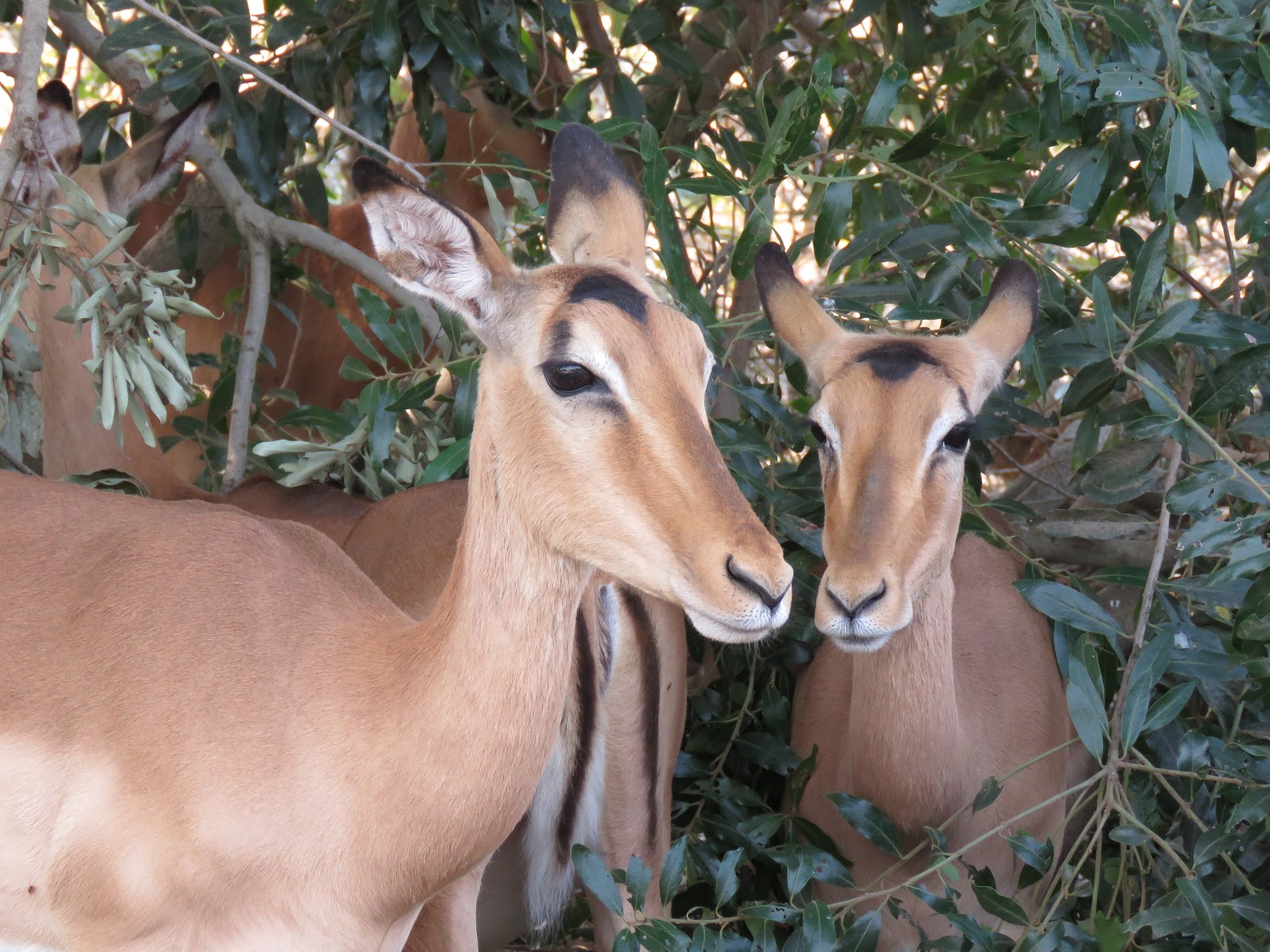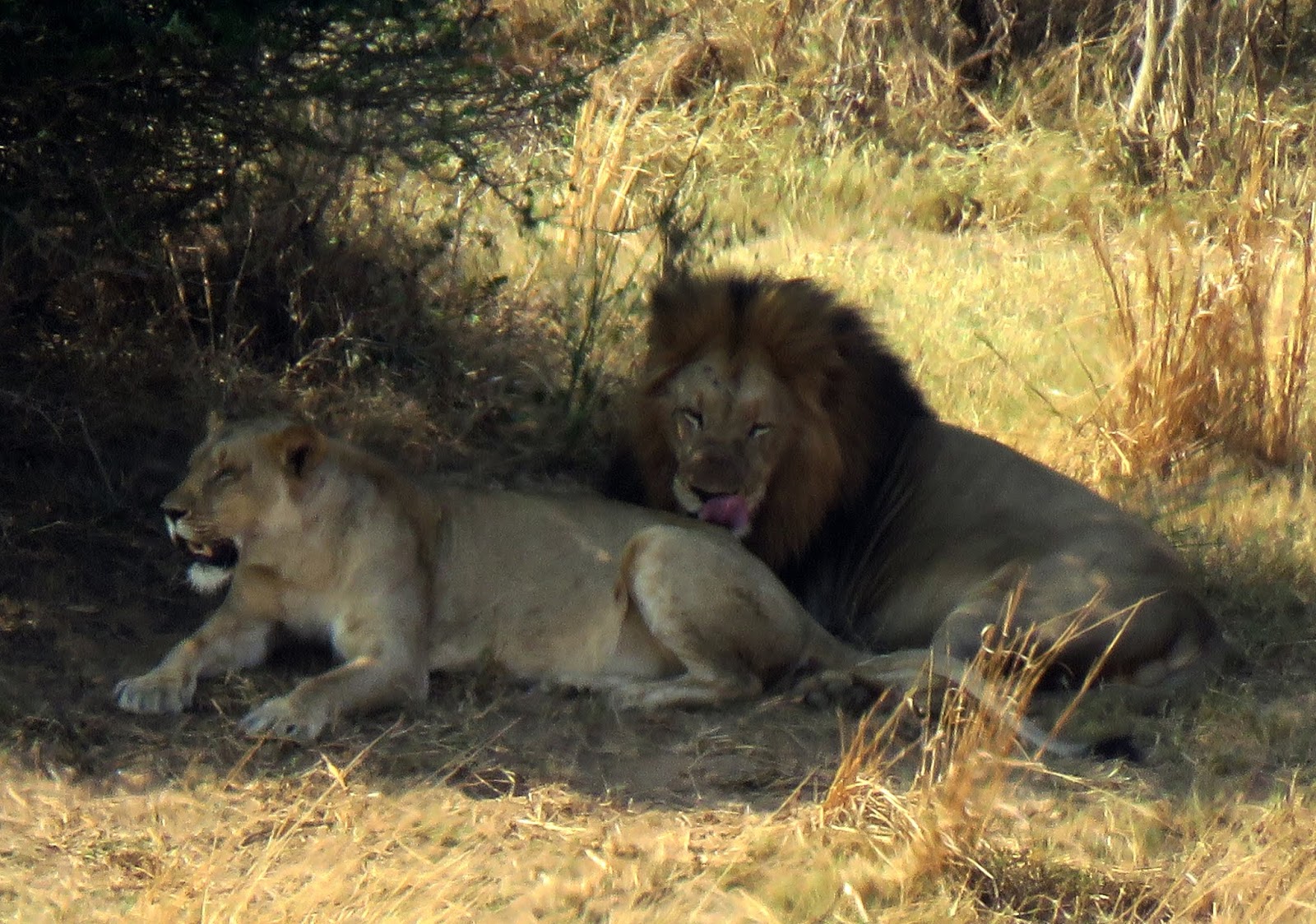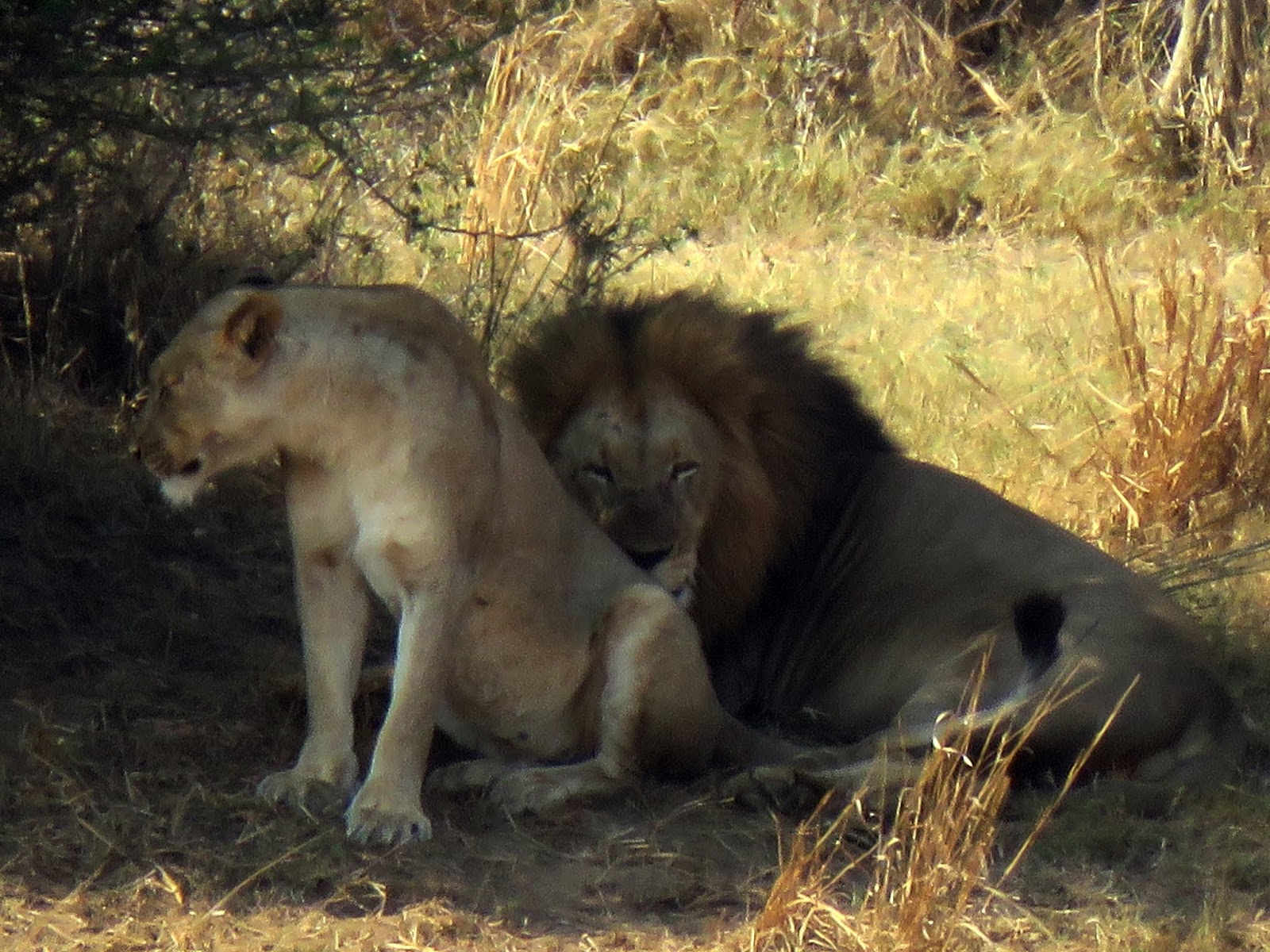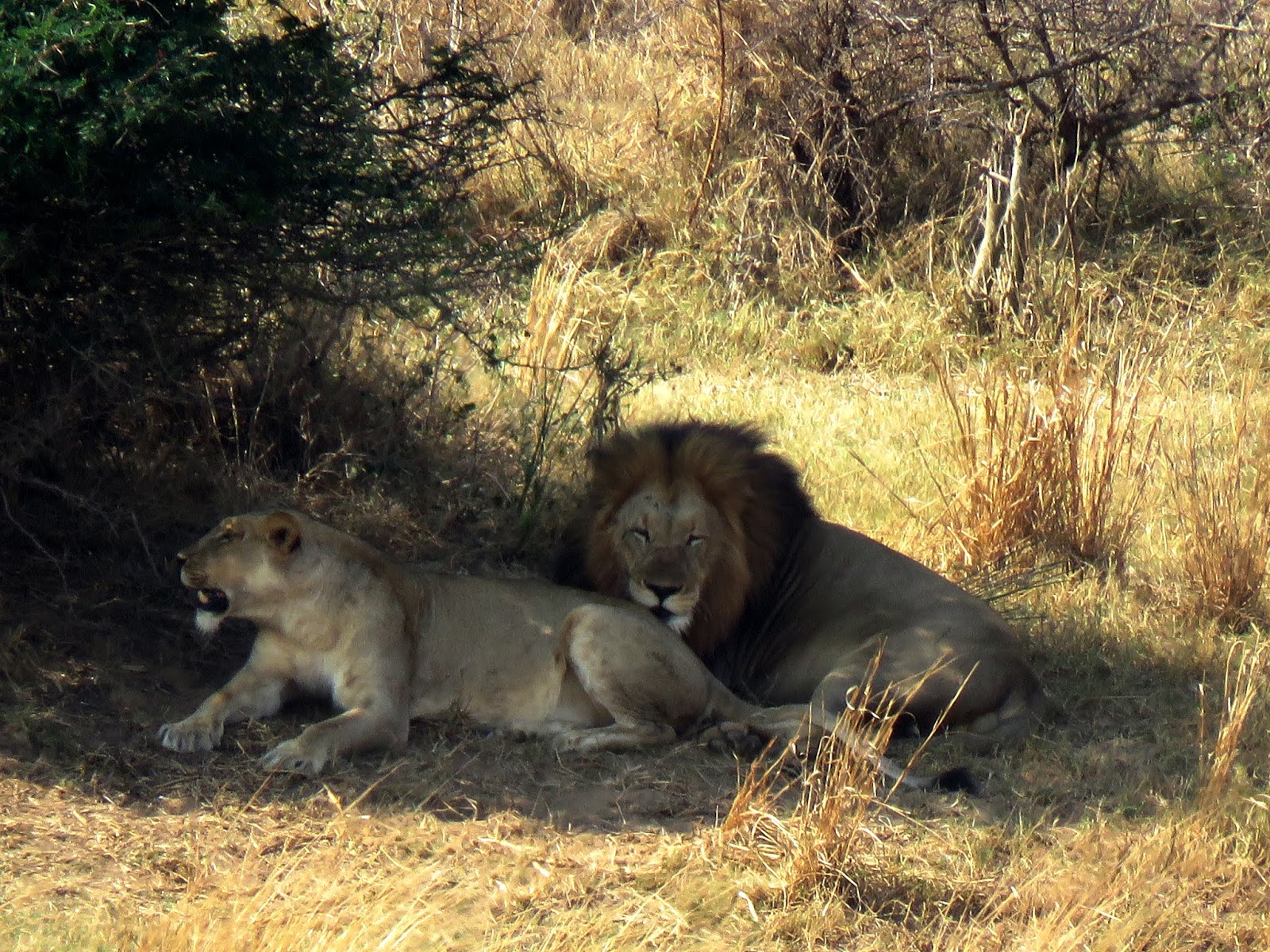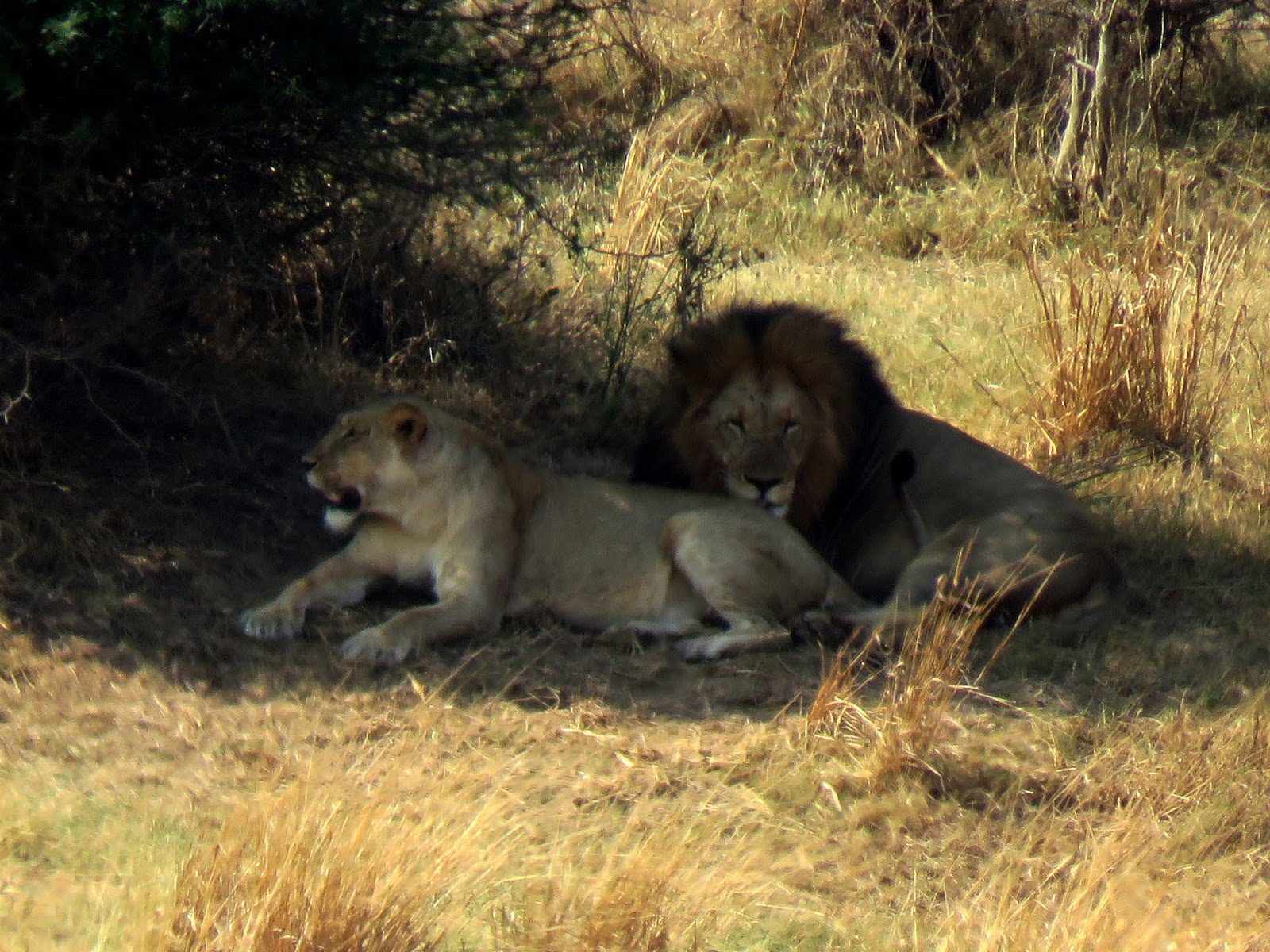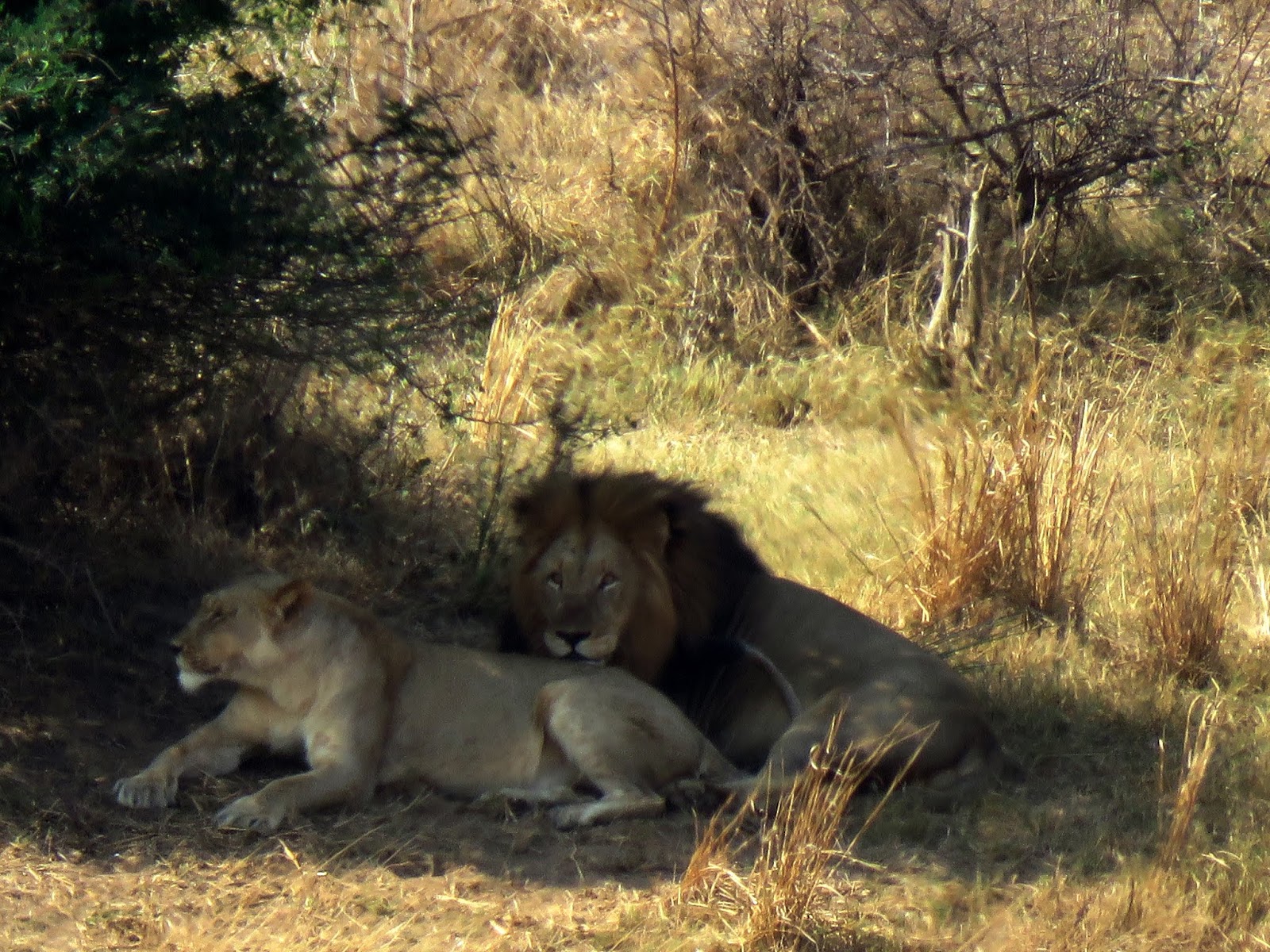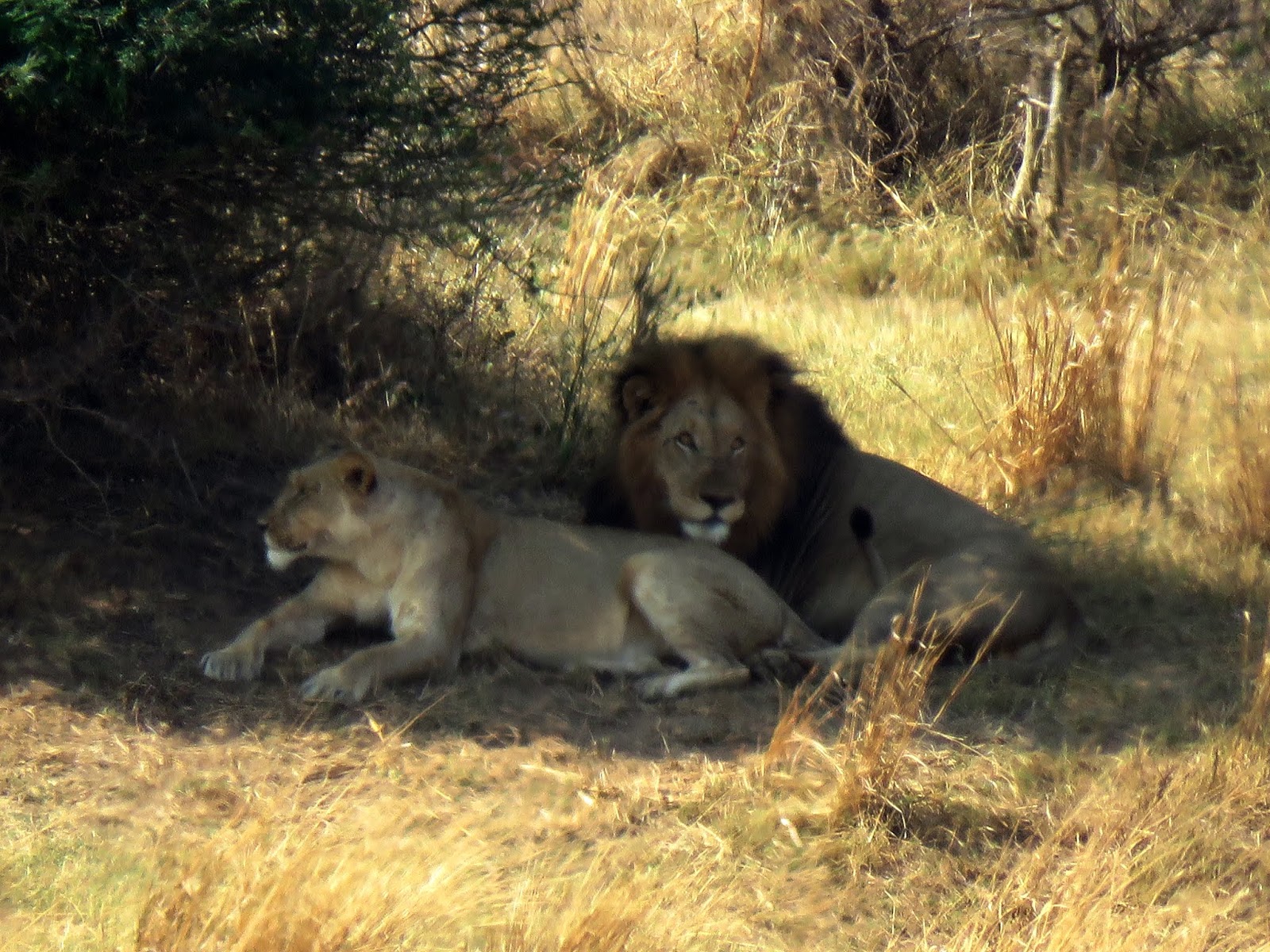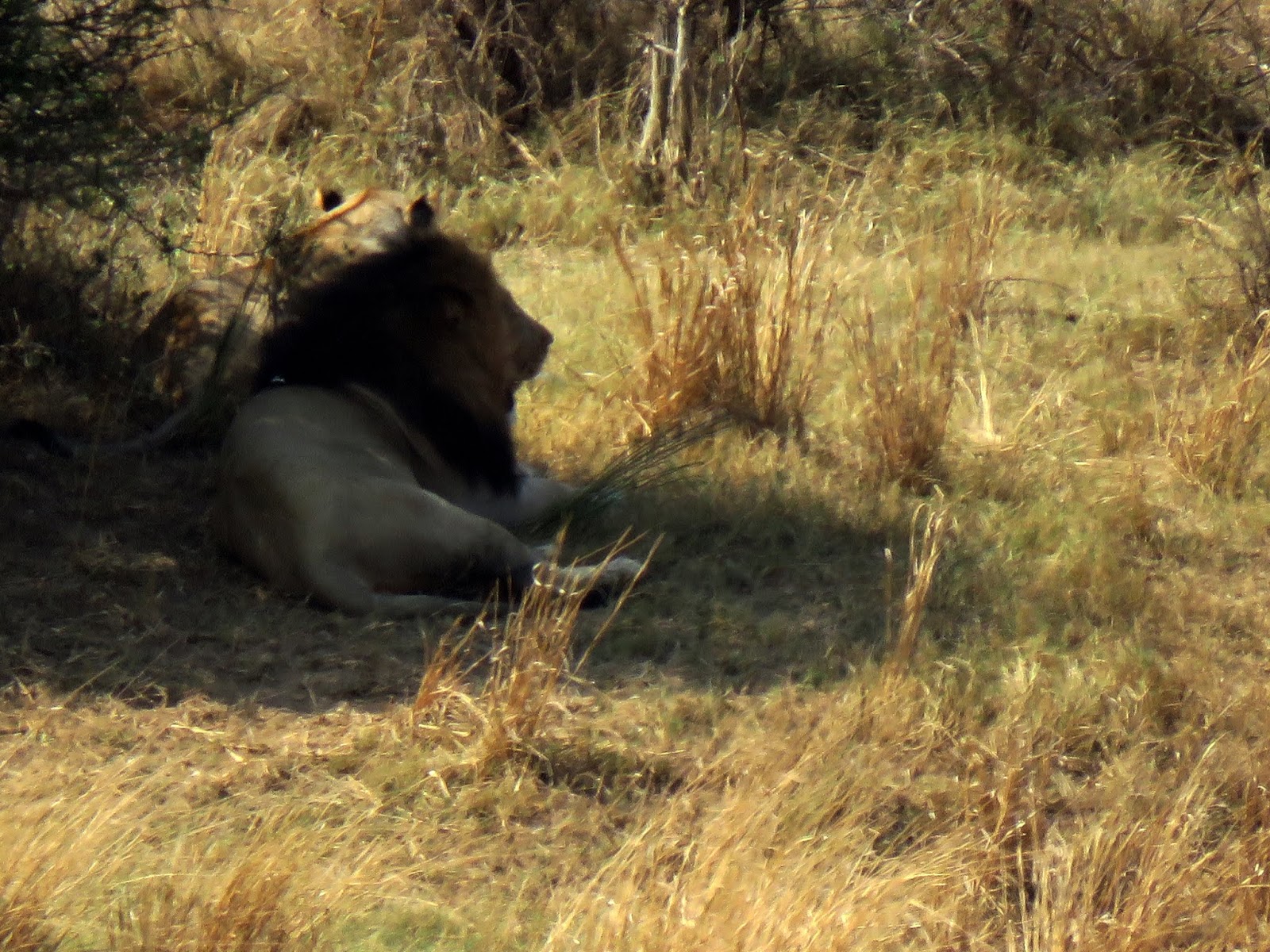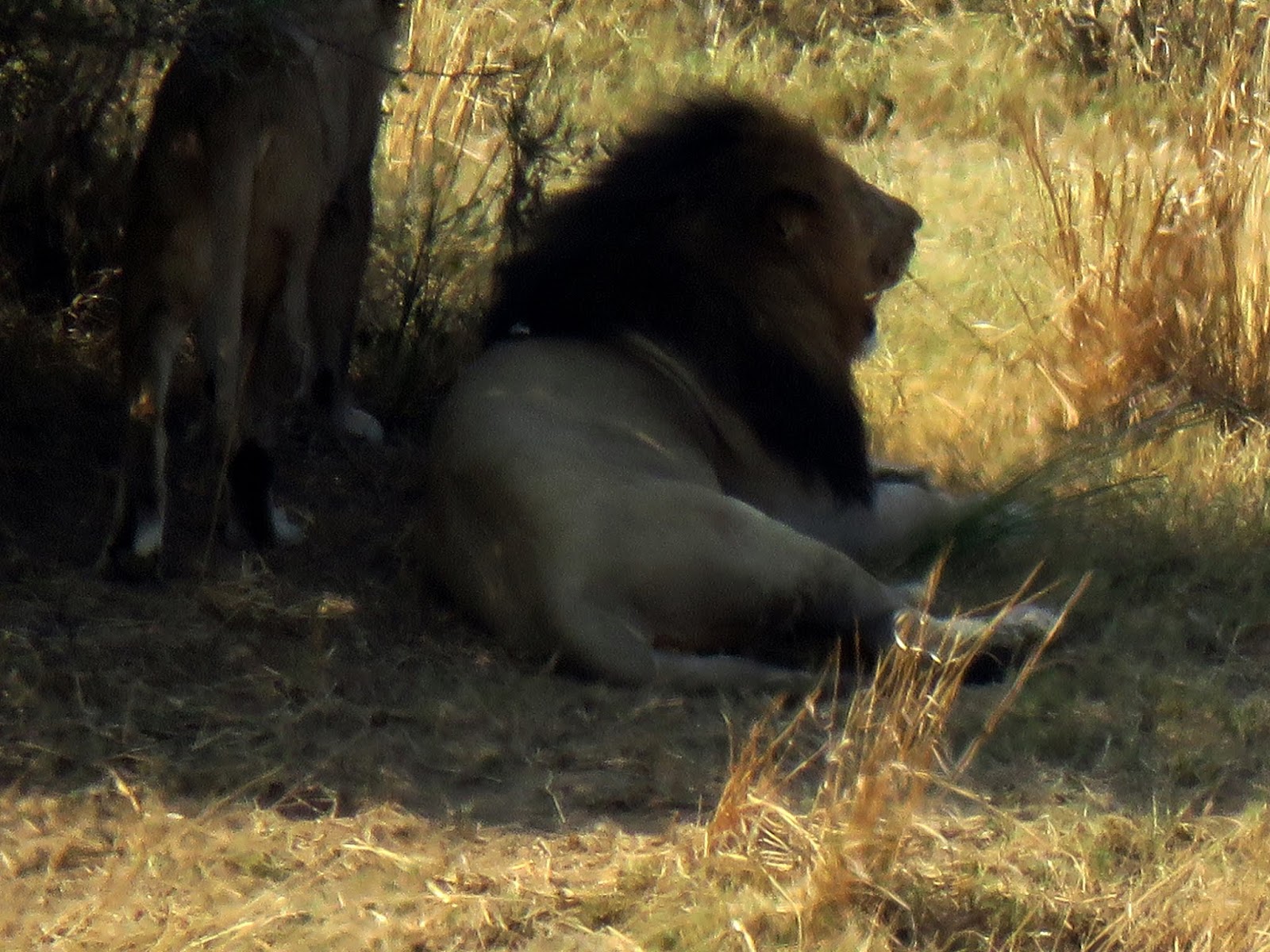 |
| Elephants crossing the Crocodile River. |
“Sighting of the Day in the Bush”
 |
| We wondered why this female kudu has black around her eyes when the others don’t. |
The time is going too quickly. In nine days Tom and Lois’s three weeks with us will end and they’ll head back to the US. It’s been such a pleasure having them here. We’re busy planning how we’ll spend their remaining days.
 |
| A family crossing the river together. |
So far, we have an evening bush braai in Kruger dining among the wildlife, a Sunday morning bush braai at Frikkie’s Dam in Lionspruit with Louise, Danie, and friends, our six-year anniversary celebration at Jabula Lodge, several evenings out at favorite dining spots and more and more wildlife viewing.
 |
| Elephants walking close to the fence between Marloth Park and Kruger National Park. |
In addition, the time came quickly for us to return to Nelspruit for our immigration appointment. Tomorrow morning at 6:30 am we’ll drive to Nelspruit in order to arrive at the immigration office by 8:00 am when they open.
 |
| Single file, from matriarch to baby. |
We won’t have an answer as to whether or not we can stay until the middle of November or later. We’ve decided not to worry and just continue to enjoy each and every day, especially as we wind down our time with Tom & Lois.
Yesterday afternoon we took off for the river in the afternoon, not expecting to see much. As we drove through Marloth Park on a lovely day we spotted very few animals until we reached the area near Two Trees.
 |
| Climbing back up the hill from the river. |
Often, from the fence, we can see elephants, cape buffalo, impalas, and in every case, we spot waterbucks who thrive on living on the banks of the river. As we drove the long distance along the river, we stopped several times for photos and viewing.
With fewer tourists in the park at this time, we couldn’t be dependant upon “following the crowds” to see if anyone has spotted lions across the river. Instead, we were on our own, perusing the riverbank to see if a lion or two was on the rocks or under the base of trees.
 |
| Giraffe on the river bank with dark spots. |
We were all thrilled when Tom zeroed in on a few lions on the hunt in the late afternoon. Although they were quite far from us, even after we moved along the fence to be as close as possible, it was tricky taking photos from such a distance. Thus, our few lion photos aren’t as clear as we’d prefer.
 |
| Large male lion at quite a distance. |
Last night, we dined at a local restaurant with disappointing service. It took about an hour for our food to arrive which was mediocre at best but the atmosphere was pleasant and as always we had an enjoyable evening.
As soon as I upload this post we’re off for Komatipoort to have lunch at the Komatopoort Golf Course restaurant which overlooks the Crocodile River. From there, we’re heading to the grocery store for tonight’s and tomorrow’s dinner.
 |
| Tom shot this distant photo of a female lion. |
We’ll make enough food tonight to last for leftovers for tomorrow night so we won’t have to do much prep when we return after the appointment in Nelspruit. Tom and Lois will stay behind while we’re gone. We’re hoping to return by 1400 hours (2:00 pm) or so at which point we’ll do the day’s post.
Have a great day and we’ll “see you” again tomorrow after we return.
Photo from one year ago today, October 23, 2017:
 |
| This style of feeder attracted plenty of hummingbirds in Costa Rica. For more photos, please click here. |










































































